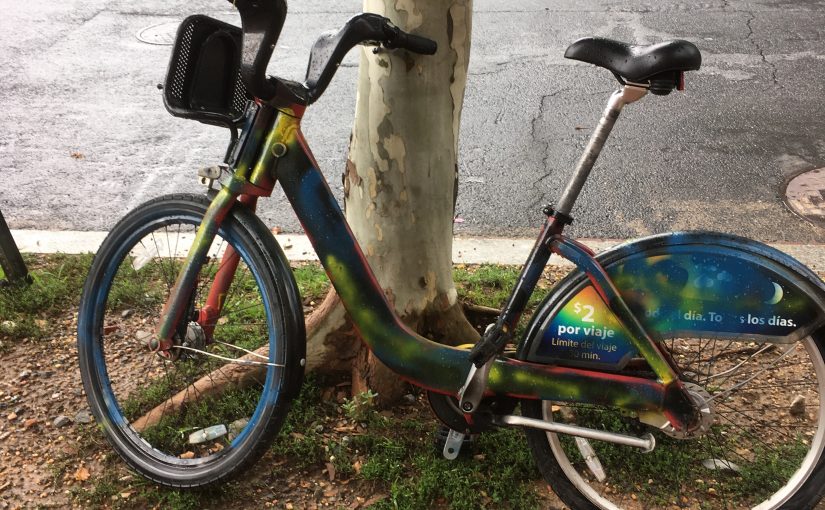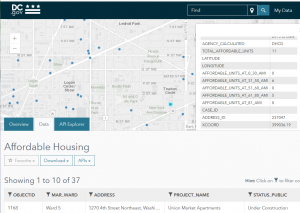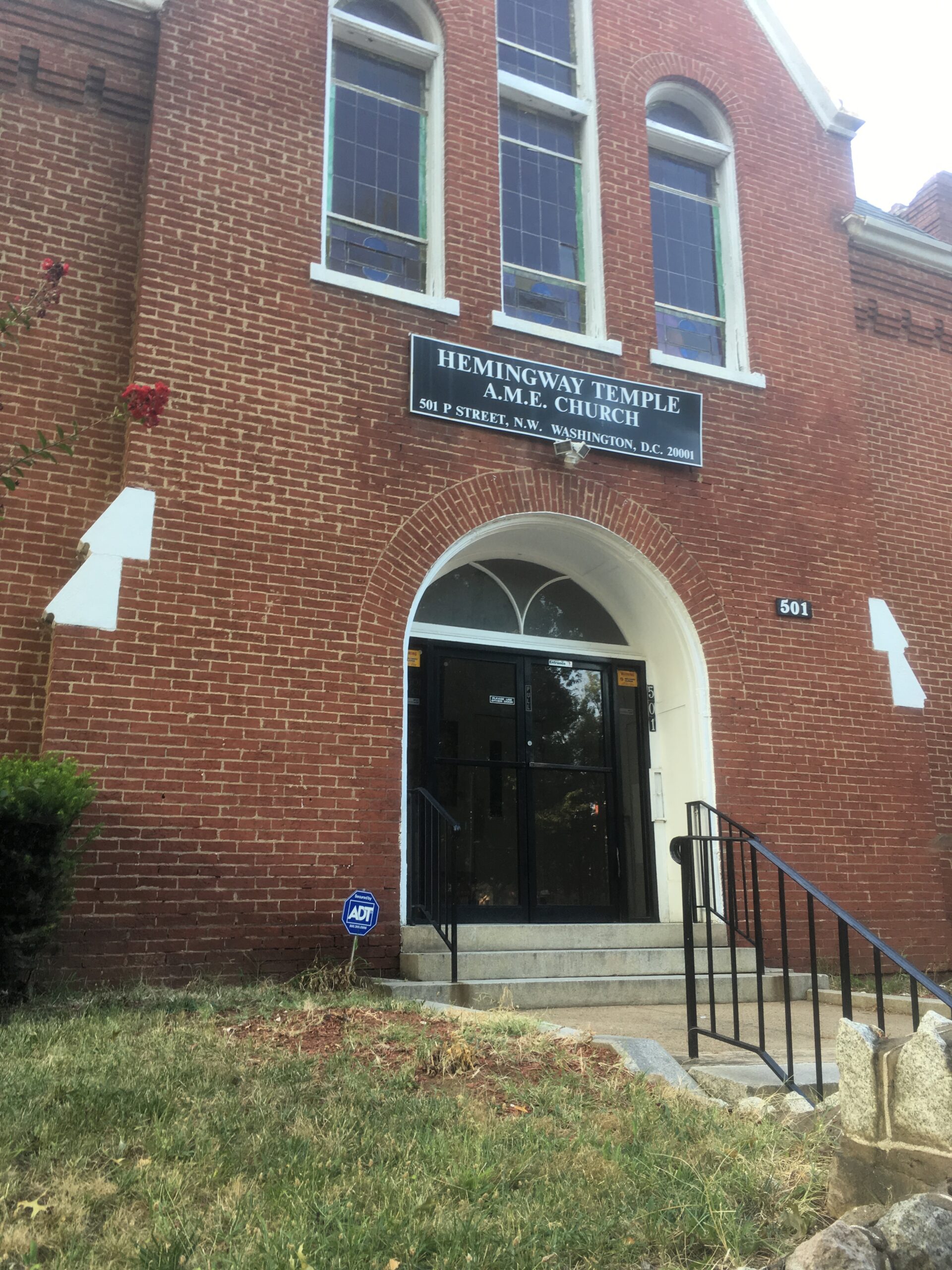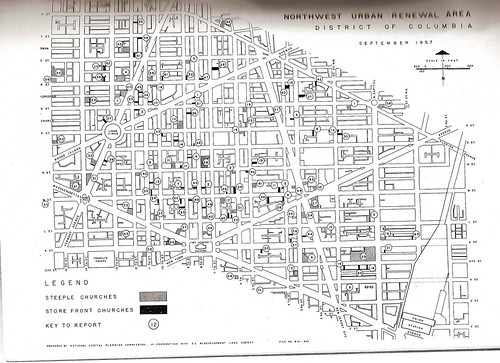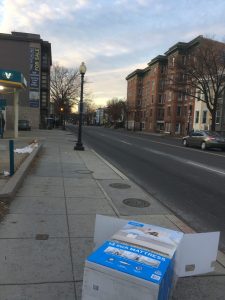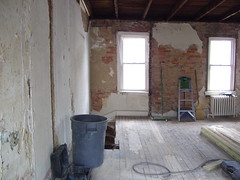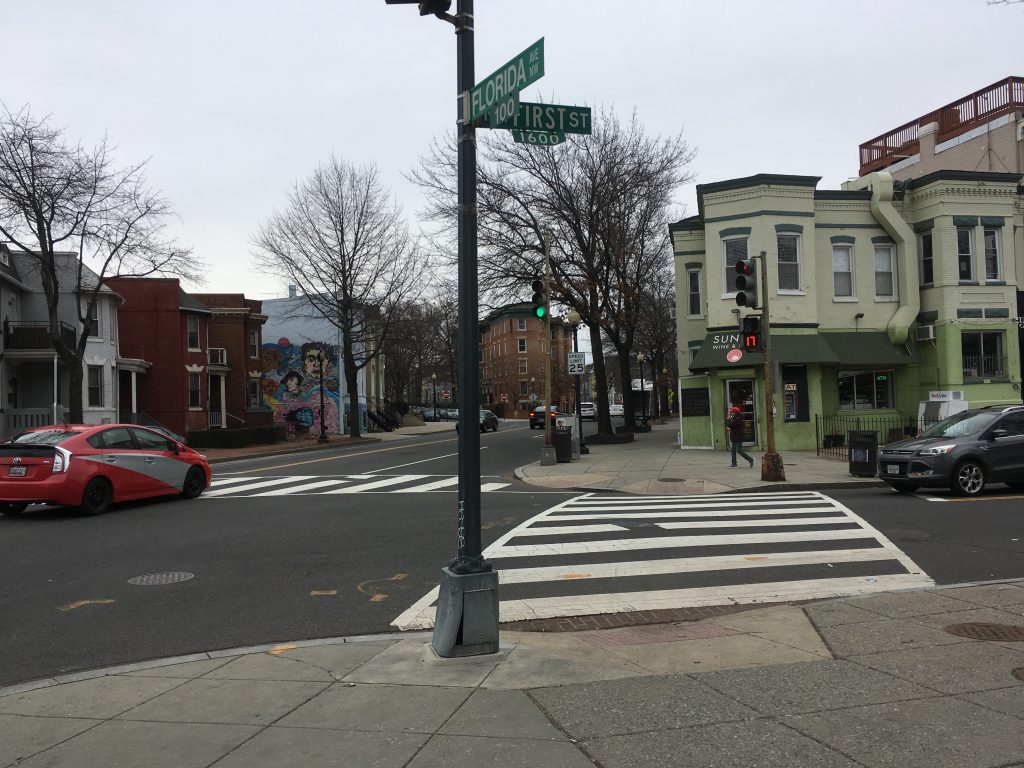 I have had a change of heart about Sunset Liquors. The Help still holds feelings of hostility. These feelings are based on my view of this liquor store from the early days of the neighborhood when the last thing we needed were liquor stores.
I have had a change of heart about Sunset Liquors. The Help still holds feelings of hostility. These feelings are based on my view of this liquor store from the early days of the neighborhood when the last thing we needed were liquor stores.
So jump into my little time machine, and head back to oh, 2005-ish. The perceived to be patrons of the local liquor stores were alcoholics who would then drink around the neighborhood, hang out in parks, relieving themselves in people’s basement wells and alleys. We’d find empty cheap vodka bottles and 40oz cans litte ring tree boxes. It was such a problem there used to be a blog called TreeboxVodka around here. People still litter Shaw treeboxes, but not as often with Velicoff as they did in the bad old days. BACA would try to close the handful of liquor stores in Truxton Circle, on 4th St, on 1st Street and the two on North Capitol. Those efforts failed.
ring tree boxes. It was such a problem there used to be a blog called TreeboxVodka around here. People still litter Shaw treeboxes, but not as often with Velicoff as they did in the bad old days. BACA would try to close the handful of liquor stores in Truxton Circle, on 4th St, on 1st Street and the two on North Capitol. Those efforts failed.
DC has more liquor stores than all of the Commonwealth of Virginia. In the ‘aughts, that was too many, considering the state of the neighborhood.
So what changed? Several things, not just one thing. The major thing was the demographic change. The population of Truxton Circle was trending down before the gentrification got going. What gentrification brought was an influx of young professionals who did not publicly self-destruct with alcohol. These young professionals would buy 6 packs or cases of beer to take home, or to someone else’s home to enjoy. They were not known to buy 40oz cans of Steel Reserve. Related to this change was a change in what some local liquor stores stocked, less MD 20/20 more merlot. My favorite change was the disappearance of Plexiglas. For my own self-esteem, I avoided shopping in stores where there was bulletproof glass between me and the cashier. I found it insulting, but I understood the reason why. Some stores, not necessarily liquor stores, removed the glass, and then later the store became a victim of armed robbery. The neighborhood wasn’t ‘there’ yet and people were hurt. There are some Shaw and Truxton stores with the glass, but plenty of places where isn’t used. For myself, it is now a tolerable level. In the case of Sunset Liquors, across the street, the Florida Avenue Park was renovated. Prior to the major renovation, the junkies and the alcoholics would hang out in the park, wander over to Sunset, then wander back to the park. Sometimes they would pass out on the play equipment. It was not a park kids could use because of the needles, the glass, and the human waste. Sunset was part of the problem. Then the gates came up and you can only exit on the 1st Street side. Add this with the demographic changes, parents, grandparents, and kids own most of the park, not junkies and bums. Another change, also Sunset specific, was a change in relationship with the neighborhood. Before you walk into Sunset, you are greeted by a blackboard with an affirmation. You can also see inside the store from the outside. In the old days we complained that the windows were covered with beer and cigarette ads. There is still some clutter, but you can see inside. The store is a UPS drop off, and that was the reason I walked in. I found a super helpful employee, my package, and a red zinfandel.
I have yet to make it to the new wine shop at Florida and North Capitol. I blame the weather and my own laziness. I hope it is as nice as the Grand Cata wine shop on 7th Street.
The neighborhood has changed. It is now strong enough to have a few decent liquor stores and maintain its upward trajectory. Of course if you want to go old school, there is always Big Ben.

